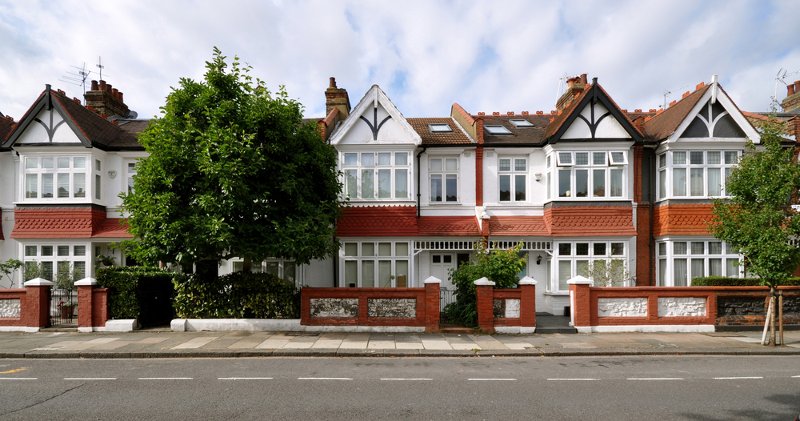This gives homeowners access to grants, guaranteed quality works from vetted contractors, access to full market financial advice and a unique lifetime mortgage developed with LRS.

London Rebuilding Society has relaunched its Home Improvement Scheme for homeowners aged over 55s, meaning elderly homeowners can remain in their homes.
This gives them access to grants, guaranteed quality works from vetted contractors, access to full market financial advice and a unique lifetime mortgage developed with LRS.
After a successful pilot project with 50 London homes, the scheme is being relaunched by LRS, working with private sector partners Legal & General Home Finance and equity release adviser Age Partnership.
LRS estimatedthere are as many as 100,000 people within the M25 in this situation. It aims to help 1,900 people – based on two older people per house – over the next five years. It will start in the South of England and will take the project nationwide.
The positive impact improving homes can have on health and care is well established.AKing’s Fund publicationfrom March 2018 found that the cost of all poor housing to the NHS is £1.4bn per year, £624m for households aged 55 and over.
Social justice organisation The Joseph Rowntree Foundation (JRF) has calculated that £2bn investment would be needed to bring the properties of older homeowners up to the government’s Decent Homes Standard.
The LRS scheme enables older homeowners to improve their homes and their health, thus reducing their need for NHS and care support.
Expected this autumn, the long-awaited Green Paper on Social Care will include this in its deliberations, and its authors have welcomed LRS’s Home Improvement Scheme as an exemplary approach.
Unusually, the scheme calculates the amount a homeowner can borrow on a post-works valuation i.e. the amount borrowed is based on the completed works value. They can borrow as much as they need to bring the house up to at least Decent Home Standard, while increasing the long-term end value.
Main features of the scheme include: no upfront costs or fees, continued full ownership of home, no monthly payments, a full-time client relationship manager, project management for the works, a six-year defects warranty on thehouse and the money only repayable upon death, sale or going into care.
In its report on poverty and housing last year, the JRF suggested that better equity release options for older, vulnerable people could prove beneficial.
Itsaid: “The equity held by these households dwarfs the sums required for maintenance, so greater access to equity loans could prove beneficial.
“Equity release as a financial product is growing in popularity and is both heavily regulated and also very strongly consumer facing.
“The Financial Conduct Authority identify a growing group of recipients of financial retirement products including equity release as vulnerable, and is demanding more and better productsand forparticularattentionto be given to the needs of these vulnerable consumers.”
It also enables grant-funded energy efficiency works and adaptations,likea 70% reduction in carbon emissions from property.



